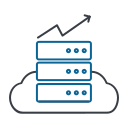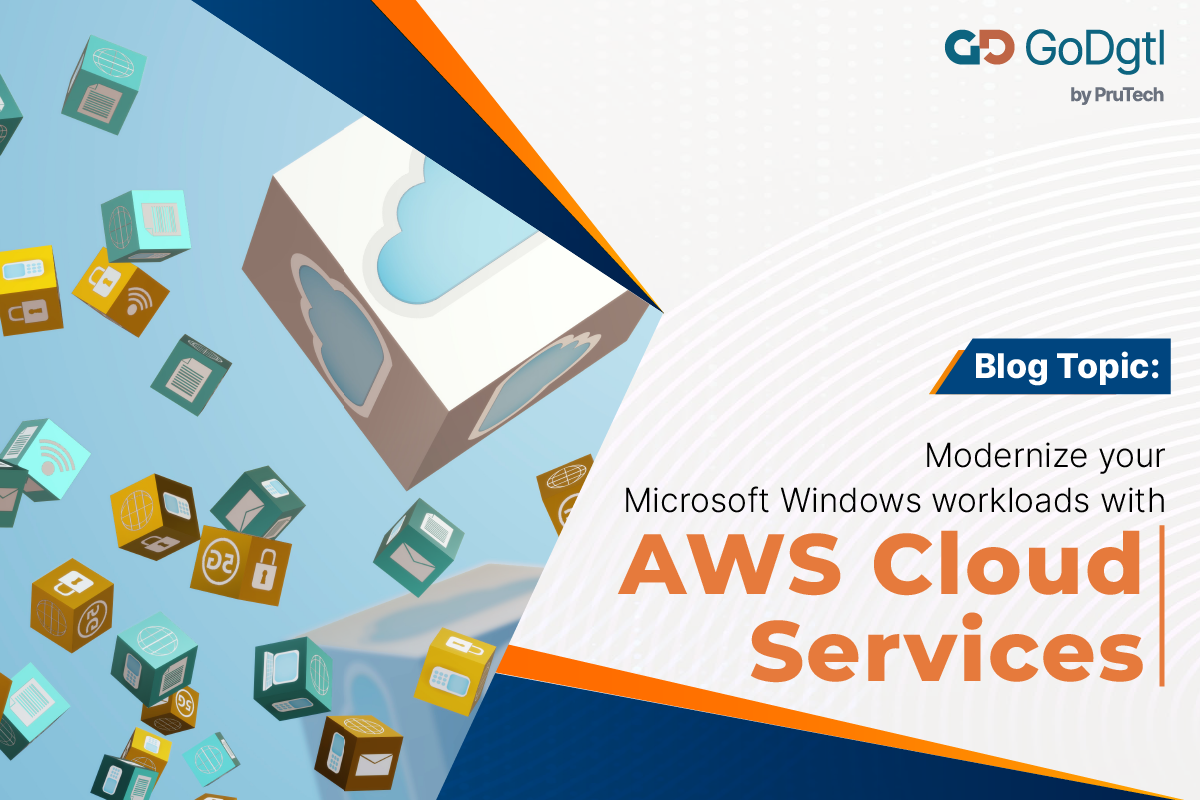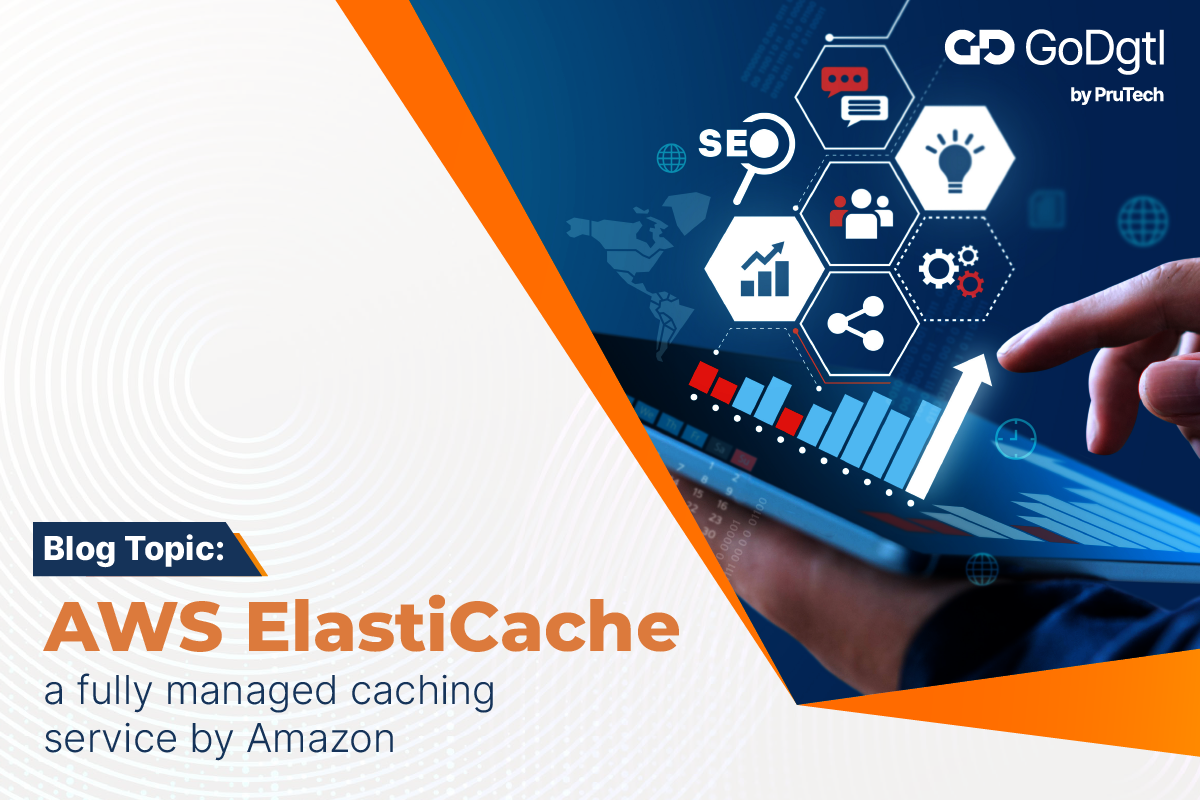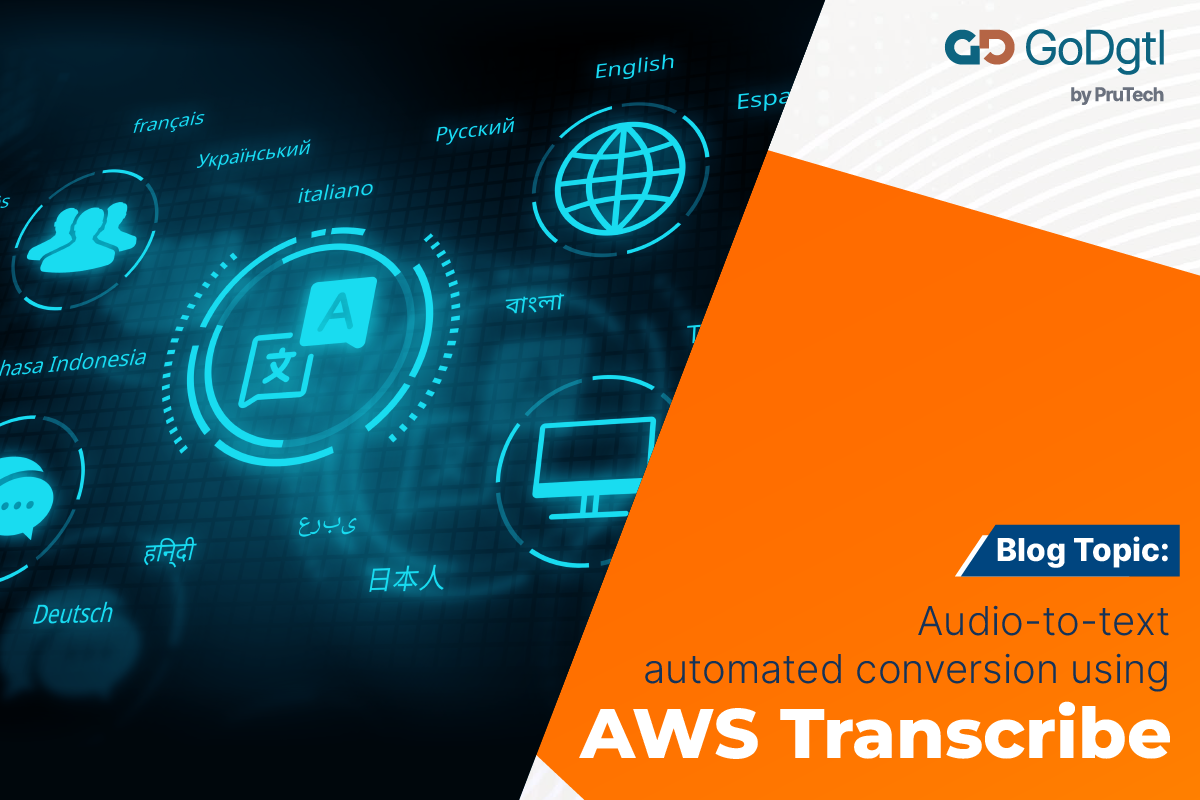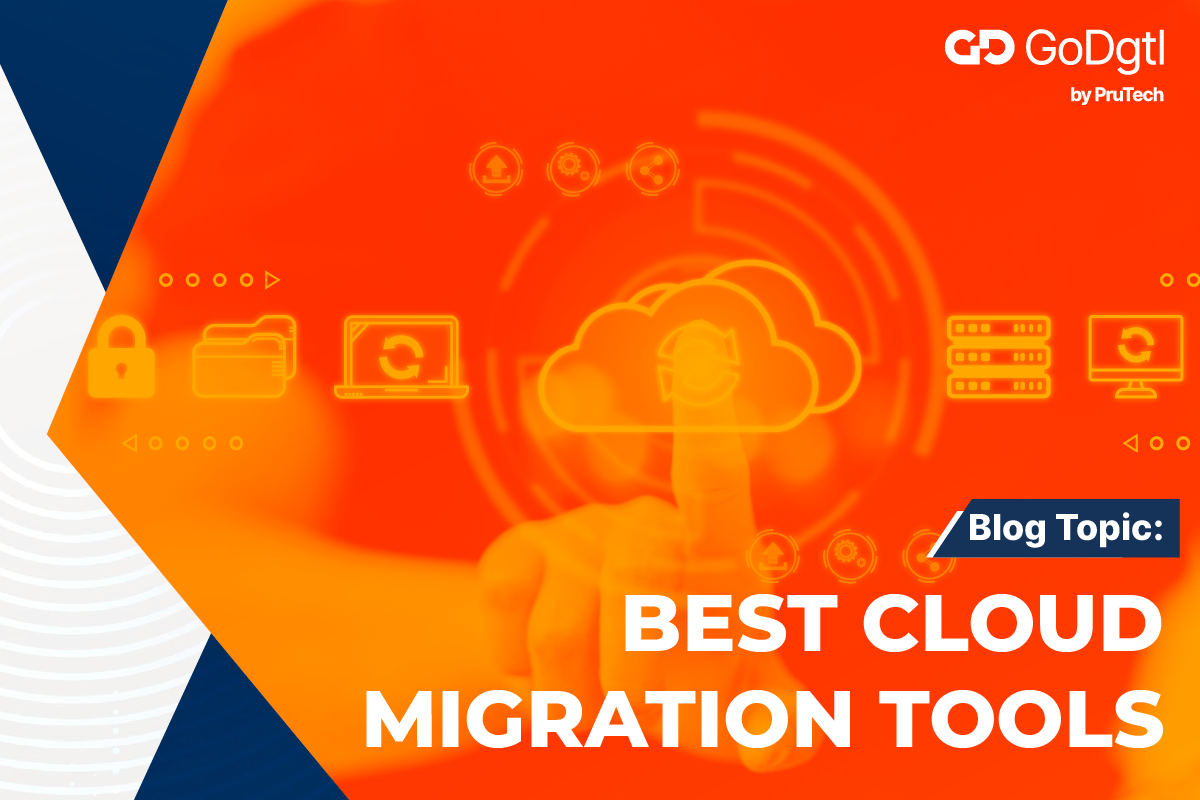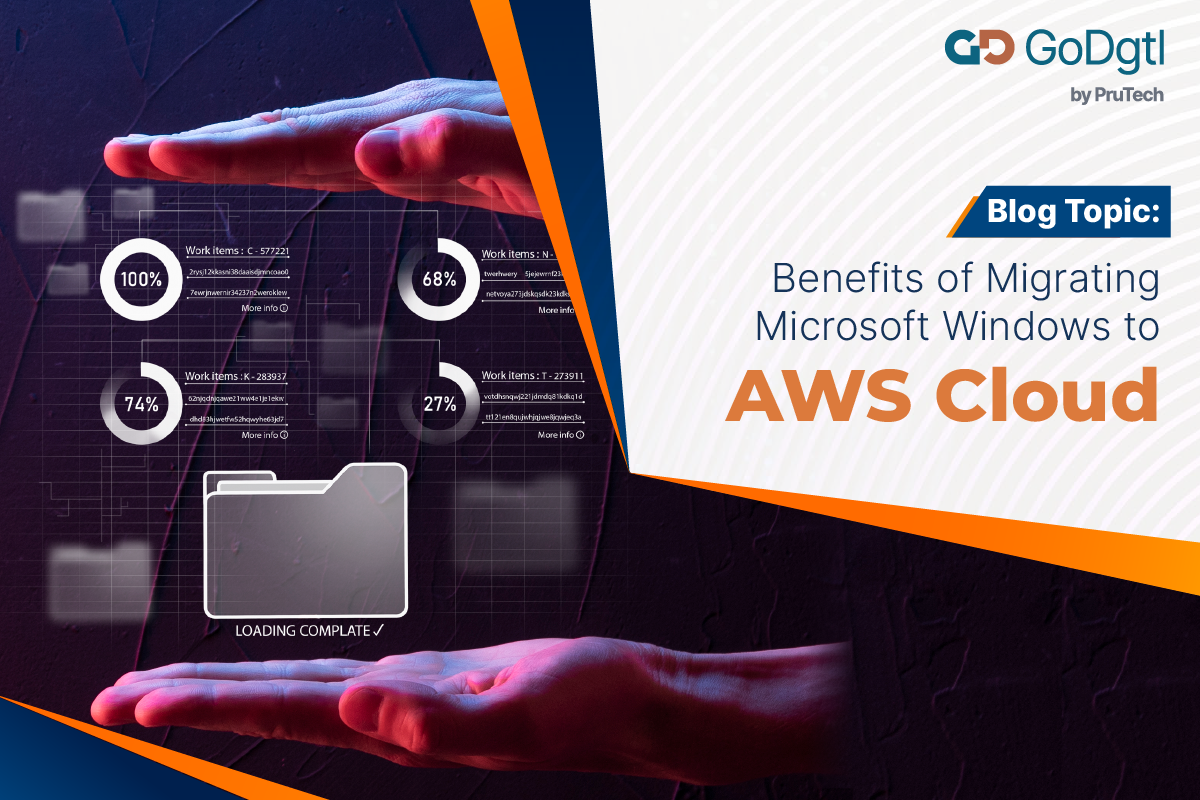VRetail Pvt. Ltd. is a leading fashion and footwear brand having its stores spread across Telangana, Andhra Pradesh, and Karnataka.
VRetail is spread across 30 stores in India. Before approaching GoDgtl they were facing major challenges in maintaining the data stored on their on-premises servers. They were looking for a reliable partner who can provide an efficient auto backup solution for their crucial data.
GoDgtl suggested Amazon Web Services to the client to migrate their legacy data from on-premises to AWS for their 30 stores across India.
The Challenge
VRetail boasts a significant presence with 30 operational stores spread across various regions in India. Nevertheless, the absence of a centralized repository proved to be a substantial hurdle in terms of information management. Vital data, integral to the company’s operations, was scattered across these numerous locations, resulting in a fragmented landscape that hindered efficient access and timely analysis.
The consequence of this fragmented data approach was evident in the allocation of valuable time and resources. The process of manually gathering and organizing the dispersed information demanded considerable effort from the team. This not only consumed precious resources but also delayed the availability of essential insights crucial for informed decision-making.
In essence, the lack of a centralized repository not only complicated data access but also had a tangible impact on the organization’s ability to respond swiftly and strategically. The accumulation of inefficiencies resulting from data fragmentation impeded the company’s potential to harness its data for proactive and informed decision-making.

The Solution
In the process of exploring suitable cloud solutions, VRetail embarked on a journey of consideration among several key players in the cloud market. It was during this phase that GoDgtl by Prutech proposed a strategic shift towards AWS services, introducing the concept of a centralized data repository.
The initial step involved migrating client data to Amazon S3, an acclaimed cloud storage service by Amazon. This migration brought to the forefront the scalability, data availability, performance enhancements, and an advanced layer of security through Amazon Maice for Data Loss Prevention.
To ensure a comprehensive approach to data management and security, an ingenious auto backup system was established for all 30 stores. This system seamlessly transfers data to the cloud through our internally crafted scripts, effectively minimizing costs while maximizing data security.
GoDgtl’s provision of nearly 1TB storage space paved the way for effortless scalability, effectively catering to the evolving needs of VRetail’s expanding operations. Amazon S3’s professional and efficient storage solution guarantees unhindered data accessibility and optimal data management, serving as a backbone for the organization’s data operations.
In the event of application or system failures, the implementation of Amazon S3 was further reinforced by Amazon EC2. This strategic move ensured not only scalability but also eliminated the necessity of investing in new hardware. By leveraging Amazon VPC, an isolated network was established, enabling enhanced security configuration and network management.
The inclusion of Amazon CloudWatch and CloudTrail played a pivotal role in logging and monitoring user activities and resource actions, providing comprehensive insights and facilitating resource tracking.
To facilitate seamless data transfer, AWS CLI (Command Line Interface) services were adeptly integrated, enabling the swift upload of large files to the cloud.
The cumulative implementation of these AWS Storage services culminated in the creation of a robust and dependable backup system for VRetail. This transformative transition ensures data integrity, accessibility, and resilience, amplifying VRetail’s operational strength in an ever-evolving digital landscape.
Results & Benefits
GoDgtl orchestrated the seamless backup of data from the client’s 30 stores onto Amazon S3, facilitated by the strategic integration of the Amazon auto backup solution. Further expanding on this initiative, we successfully established a robust data backup mechanism, enabling seamless synchronization between AWS and their desktop systems.
The resultant benefits of this endeavor are noteworthy:
- Holistic Data Migration: The entire transition of on-premise data to the AWS cloud was meticulously executed, ensuring a comprehensive migration process.
- Centralized Repository: By successfully implementing these strategies, a centralized repository was established, bringing all dispersed data under a single, cohesive umbrella.
- Scalability Empowered: The AWS cloud environment provided a dynamic platform for scaling operations, accommodating the client’s growing needs without constraints.
- Security Fortified with DLP: The application of Data Loss Prevention (DLP) techniques fortified data security, assuring stringent safeguards against potential breaches.
- Enhanced Performance and Data Management: Effective data management strategies were deployed, resulting in heightened data performance and streamlined operations.
- Optimized Costs: The implementation yielded not only data management optimization but also considerable cost savings.
This concerted effort by GoDgtl marks a significant milestone in fortifying the client’s data ecosystem, ultimately driving efficiency, security, and strategic growth.

About GoDgtl
GoDgtl by PruTech is an Advanced Consulting Partner of AWS. Through our innovative and customized cloud services, we help our customers to design, architect, build, migrate, and manage their workloads and applications on cloud, accelerating their journey to the cloud. We offer cost-effective and secure cloud solutions through the effective implementation of the latest cloud technologies and processes that are highly scalable and compatible with changing market demands.
Our cloud managed services are offered through a holistic approach to the cloud



